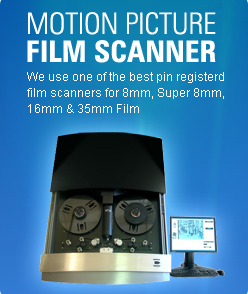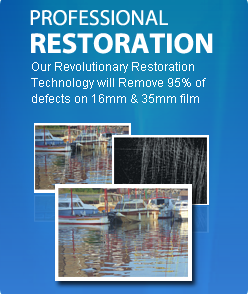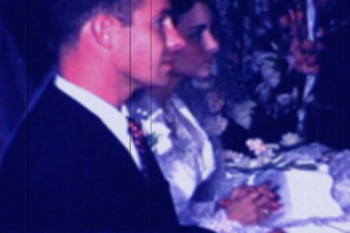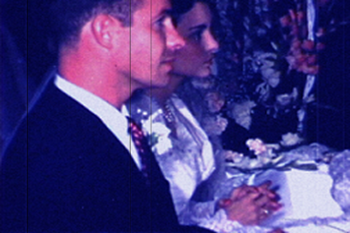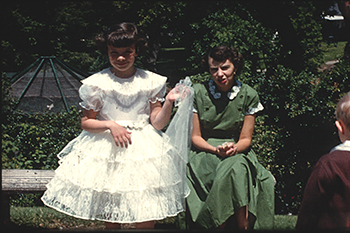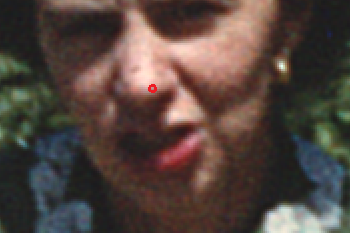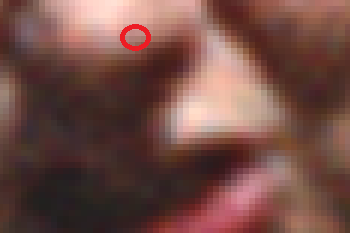
The first table shows how the same film looks using our 4 different processes. You can see that the difference can be significant for our Meridian customers.
The second table presents a case for scanning 8mm and Super 8 film at 2K resolution. In the past year we have done 20 comparisons. Contrary to popular belief, we do see a noticeable difference in quality between our Pro HD and Pro 2K process on 8mm and Super 8 film.
8mm And Super 8 Film Meridian |
|
SD Scan
|
|
Pro HD Scan
|
|
Pro 2K Scan
|
|
Pro 4K Scan
|
|
Film Resolution |
|
Resolution of Film |
|
Film Grain
|
|
Film Grain vs Digital Pixel
|
|
Professional films usually have access to the original camera negative in addition to work prints, answer prints, etc. It is always better to scan using the original camera negative.
Meridian Fun Facts: Meridian contains a population of approximately 34,919. Meridian, Idaho, in Ada county, is located 9 miles W of Boise, Idaho (center to center) and 336 miles SE of Portland, Oregon. The city benefits from easy access to the nearby cities and towns with which it shares the Boise City metropolitan area. Meridian contains a population of approximately 34,919.
Idaho Fun Facts: Idaho produces more potatoes and trout than any other state in the nation, and is known as the “Gem State” for the 72 types of precious and semi-precious stones it produces—some of which are exclusive to the state. Its state capital, Boise, is also its largest city with more than 200,000 residents. Bordered by the Canadian province of British Columbia to the north and the U.S. states of Montana and Wyoming to the east, Utah and Nevada to the south, and Oregon and Washington to the west, Idaho is twice as large as the six New England states combined.
